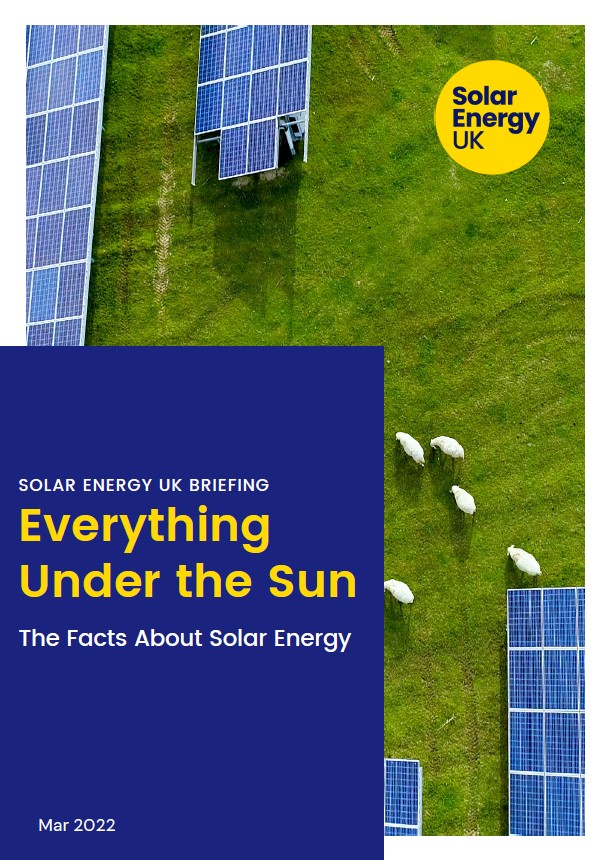Frequently asked questions
According to research, even if we deployed rooftop solar on every viable building in the UK we would only cover 14% of our electricity needs. To achieve net-zero we will need to make up the surplus energy requirement another way. Solar is one of the cheapest and most readily deployable technologies we have available. We fully support rooftop solar, which is why as part of the proposals we pay for solar installations on all local communal buildings.
JBM Solar is a part of RWE, the UK’s leading power generator and a major player in the development, construction and operation of renewable energies, and decarbonisation projects. We are combining our own industry-leading expertise and knowledge of Solar and co-located battery development with RWE’s significant prowess in building and operating power generation projects that provide enough electricity to power more than 14 million UK homes.
An extensive site selection process was undertaken to find the most appropriate, feasible location for the proposed development. We initially looked at existing brownfield land in the area, however the available sites were either already being used, or were not of a size suitable to develop a subsidy free solar farm of this nature. Other parameters included agricultural land quality, of which this site is made up of entirely non-BMV land, distance from existing grid infrastructure, field patterns/topography and environmental and landscape sensitivity were all considered. A site selection report will accompany the full application to elaborate on this process.
Construction is estimated to take approximately 6 months. The later stages of the construction focus on implementing site beautification and wildlife enhancements strategies. Construction will also follow a strict protocol to ensure no unacceptable short term impacts are incurred.
During construction there will be an average of 6-10 HGV deliveries per day. These movements will be conducted following a strict management protocol, and undertaken at sociable hours to avoid unacceptable impacts. During operation, the overall level of traffic (farm deliveries such as fertilisers/diesel) out of the site will reduce. No construction traffic would be routed through the Stratton Audley Village.
No. The panels by their very nature are static and do not create noise. Other equipment like Inverters and Battery Units are placed within the middle of the site and away from potentially sensitive receptors, ensuring the background noise level remains the same as before the site was built. We carry out a full background noise assessment to accompany the planning application to demonstrate this.
The solar farm will be operational for up to 40 years, after which it will be decommissioned, deconstructed and the site will return to its previous use. 99% of the materials can be recycled at the end of its life.
No. Thanks to the carefully designed layout and incorporation of ecological improvement areas, there will be a substantial overall biodiversity net gain at this site. All existing trees and hedgerows will be preserved and over 130 acres of grassland meadow will be created, with an additional 10 acres of new wildflower / woodland grass meadows and up to 1km of hedgerow will be planted/enhanced. Beehives will be installed alongside bird, bat & barn owl boxes, insect hotels, great crested newt hibernacula and log piles increasing pollinators and biodiversity throughout the site. There will be a biodiversity net gain of over 50%, 5x the standard.
Some examples of how the scheme might look from local viewpoints can be seen on the proposals page of the website. These were taken from publicly accessible areas within a Zone of Theoretical Visibility. Due to the extensive existing mature hedges and trees around the site views will be well screened from almost all viewpoints. Where views do exist we have proposed a substantial planting scheme, as shown on the proposals page, to limit any potential visual impact.
Absolutely not. The land will remain a greenfield site throughout the development’s life, and after it is decommissioned, preventing alternative, permanent developments for the entirety of its life. Furthermore, 99% of the site can still be used for sheep grazing during the operational period in and around the panels. This is because the panels do not require concrete foundation. A long term break from arable farming will also greatly improve the soil quality and leave the land nutrient rich for the next generation.

